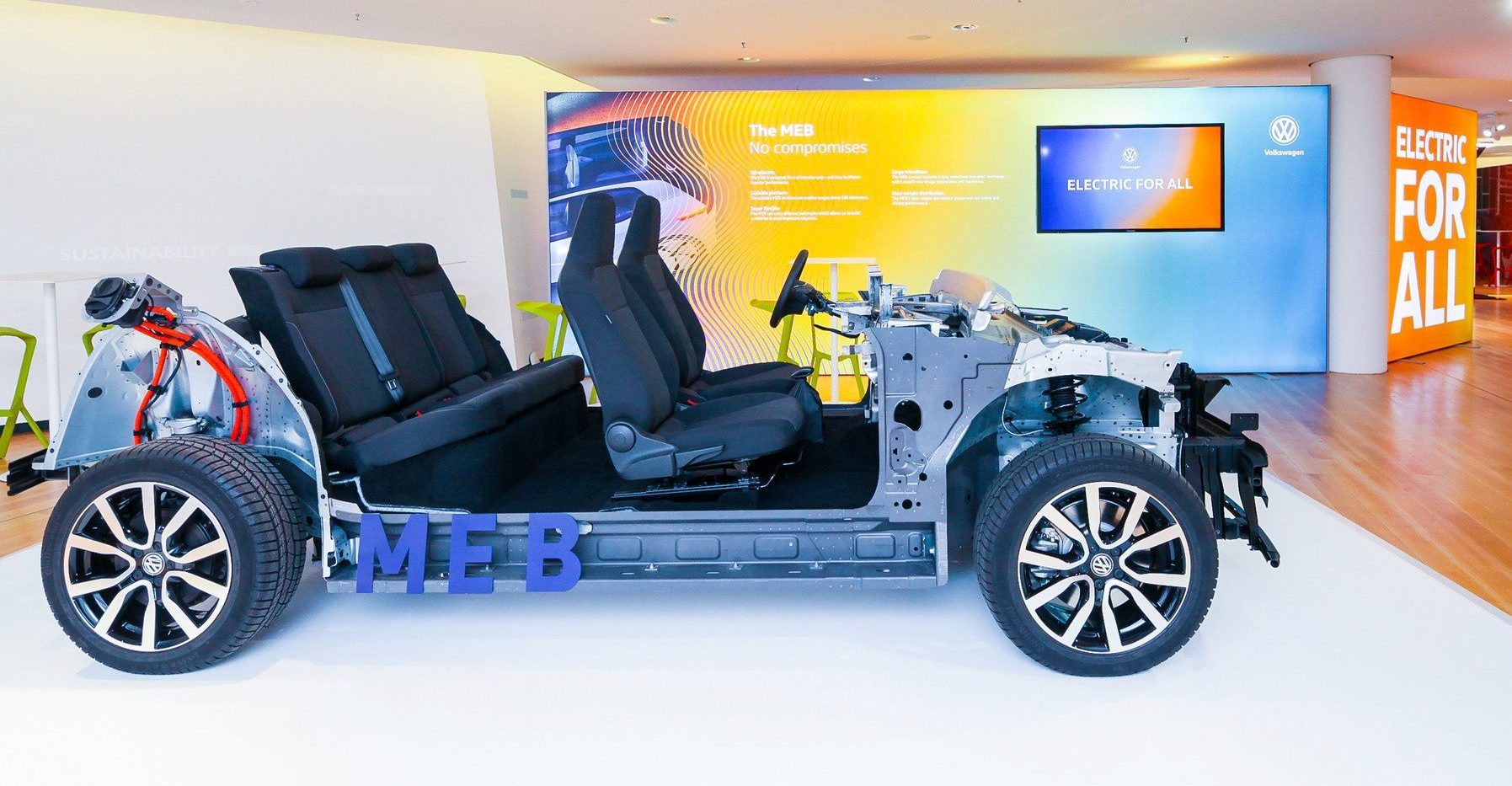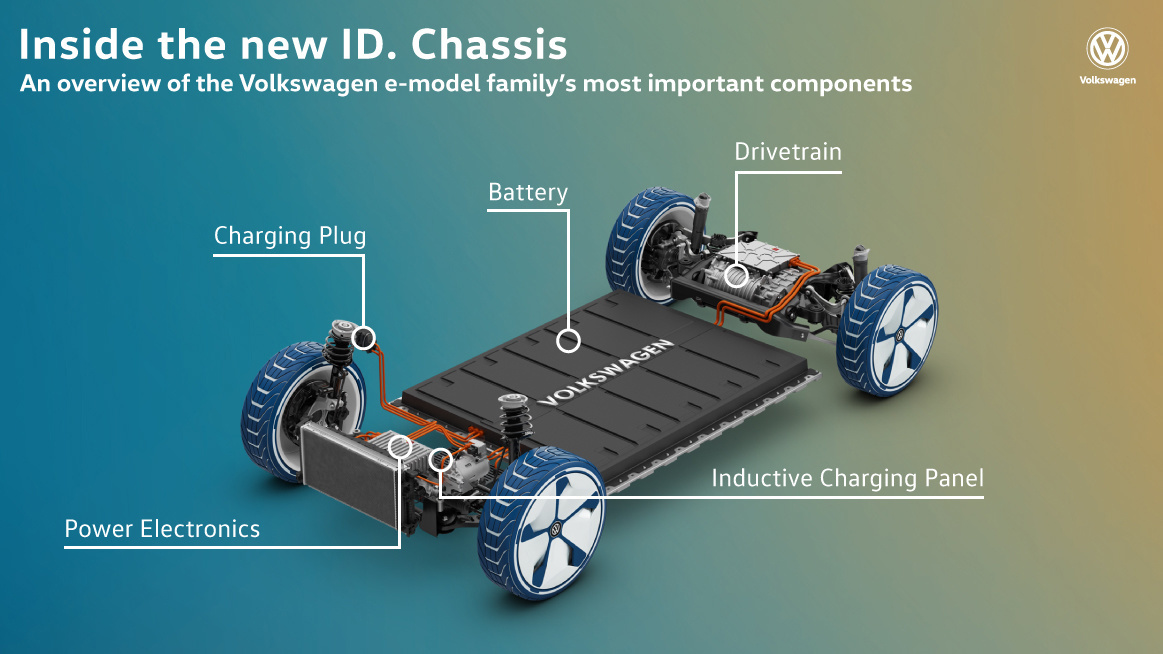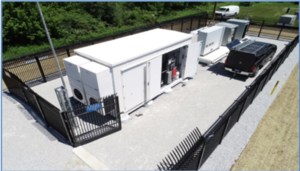
Long-duration energy storage — batteries or other technologies that can store energy for at least four hours of continuous operation, or possibly even longer — accounts for a minority of the grid-scale energy storage deployed today.
There are many reasons for this, including the cheapness and relative reliability of lithium-ion batteries for short-duration applications. As well as the, shall we say, less than stellar record of long-duration battery startups that have gone bankrupt or failed to deliver on their promises.
Over the past year and a half, we’ve seen Aquion run out of cash for its saltwater batteries, Alevo close down its mystery long-duration lithium-ion play, LightSail fold its compressed air storage business, and ViZn Energy lay off all but two staff as it seeks new funding for its flow battery.
But with the growth of intermittent wind and solar power on the grid, and states like Hawaii and California pushing ahead with aggressive 100 percent clean energy targets, long-duration energy storage will become a critical part of the future grid.
So believes ARPA-E, the Department of Energy’s blue-sky research program, which this week announced $28 million in R&D grants for 10 projects aimed at delivering energy storage systems that can last not just hours, but potentially days.
The projects being funded by ARPA-E’s DAYS program — a tortured acronym of sorts standing for “Duration Addition to electricitY Storage” — are targeting “durations of 10 to approximately 100 hours, opening significant new opportunities to increase grid resilience and performance,” according to this week’s announcement.
Importantly, all are working on systems “that are deployable in almost any location,” as opposed to massive pumped hydroelectric projects that make up 95 percent of the country’s total energy storage capacity today, and practically all of its long-duration storage.
But to compete effectively, each project will also be expected to “charge and discharge electricity at a target fixed cost per cycle.” While the target costs in question aren’t mentioned, ARPA-E’s funding opportunity announcement from May noted that “DAYS projects will explore a new design space in electricity storage that allows for strategic compromise of performance to achieve extremely low costs.”
Specifically, ARPA-E has separated its DAYS projects into two categories: systems that provide daily cycling in addition to longer-duration, less-frequent cycling; and systems that don’t perform daily cycling, but can take over when daily cycling resources are either filled or depleted. That allows it to fund projects that cover a wide array of technologies, from flow batteries that could be expected to serve for up to 10 hours per day, to thermal, chemical and underground pumped hydro storage systems that could, at least in theory, store energy in durations that last for more than four days at a time.
Flow batteries
Flow batteries — storage systems that use pumped electrolyte to increase storage capacity compared to lithium-ion and other enclosed batteries, but usually at the cost of lower round-trip efficiencies — fit into the category of daily long-duration cycling assets. The DAYS program is funding three different flow battery development efforts.
Hayward, Calif.-based Primus Power won a $3.5 million grant aimed at reducing the complexity and balance-of-systems costs of its zinc-bromine flow batteries. “Taking advantage of the way zinc and bromine behave in the cell, the battery will eliminate the need for a separator to keep the reactants apart when charged, as well as allow all the electrolyte to be stored in a single tank, instead of multiple cells.” Primus raised $32 million last year, bringing total equity investment to $94 million, plus another $20 million in government grants since the company was founded in 2009.
United Technologies Research Center won a $3 million grant to develop an energy storage system based on a new flow battery chemistry using inexpensive and readily available sulfur-manganese based active materials. A major manufacturer of fuel cells, it aims to “overcome challenges of system control and unwanted crossover between the two active materials through the flow membrane,” barriers that have prevented the technology’s low cost potential from being realized.
And Form Energy, a startup that’s exploring a wide variety of electrochemical storage systems, won a $3.95 million grant to develop energy storage that “takes advantage of the low cost and high abundance of sulfur in a water-based solution.” The Somerville, Mass.-based startup, featuring veterans of Tesla, A123 and out-of-business Aquion Energy, raised a $9 million Series A round in June, with a long-range goal of commercialization in about a decade.
Thermal, chemical and “geomechanical” energy storage
Most of the DAYS grant-winning projects are looking at even longer-duration energy storage than what flow batteries can provide, and they’re largely looking at heat and chemical reactions to get there.
DOE’s National Renewable Energy Laboratory, for instance, won a $2.79 million grant to “develop a high temperature, low cost thermal energy storage system using a high performance heat exchanger and closed loop Brayton cycle turbine to generate power.” The process will use electric heaters to warm “stable, inexpensive solid particles to temperatures greater than 1,100 °C during charging, and then feed them through a heat exchanger to heat a working fluid to drive a gas turbine.”
Other turbine-centric efforts include Hampton, N.H.-based Brayton Energy, which won $2 million to develop a molten salt thermal energy storage solution, using a “reversible turbine” design that allows each turbine to act as the compression stage for the other, and Akron, Ohio-based Echogen Power Systems, a previous ARPA-E grant winner, which got $3 million to develop a system that stores heat in low-cost materials such as sand or concrete, and pumps liquid carbon dioxide through it to a supercritical state that will expand and drive a turbine.
Antora Energy, a Fremont, Calif.-based startup, won a $3 million grant to explore an alternative approach to heat as a storage medium. It plans to heat carbon blocks to temperatures exceeding 2,000 °C, and then expose them to thermophotovoltaic panels, similar to traditional solar panels, but specifically designed to efficiently use the heat radiated by the blocks.
Two other grants went to university efforts exploring the use of heat to drive chemical reactions that store energy. The University of Tennessee, Knoxville won $1.5 million to develop an electrolyzer/fuel cell combination that produces hydrogen peroxide, and then uses the chemical to generate electricity. And Michigan State University won $2 million to explore a process that heats a bed of magnesium manganese oxide to release oxygen, and then passes air over the particle bed to start a chemical reaction that releases the heat to drive a gas turbine generator.
A $3.3 million grant went to San Francisco-based Quidnet Energy to explore the idea of “geomechanical” pumped hydro energy storage. The concept is to pump pressurized water into gaps in underground rocks, and then allow the induced strain in the surrounding rock to force the water back through a generator to produce electricity.






